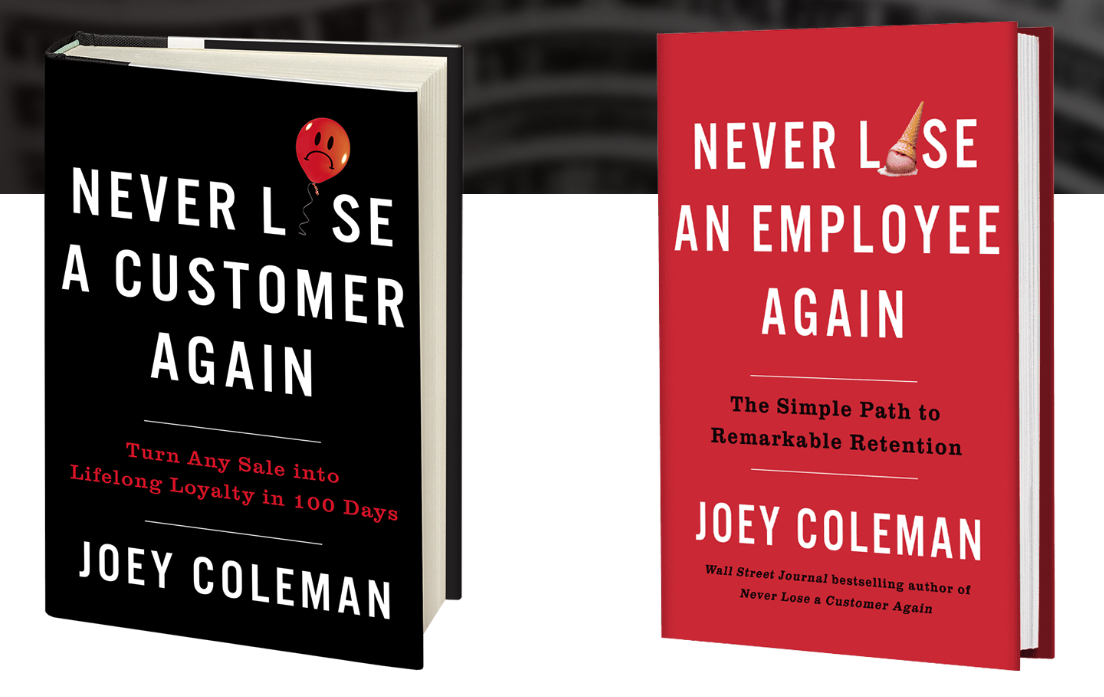Culture Embracing Change: Navigating Identity Shifts in the Workplace

Understanding the Impact of Identity in Change Management
Change management, at its core, revolves around how we handle shifts in our professional identity.
Consider the story of Bob, a seasoned mechanic known for his knack with old diesel engines. When his workplace replaced these engines with modern power systems, Bob's identity as the go-to expert was suddenly in jeopardy.
One aspect of identity that is affected by the change is the sense of competence and mastery.
Like Bob, many of us intertwine our expertise with our identity, making any change that undermines this expertise a source of uncertainty and loss.
Recognizing and navigating these identity shifts is crucial for organizations to ensure a seamless and positive transition.
Identifying the Challenges Faced by Individuals Amid Change
During times of change, we face various challenges that can impact our well-being and performance. One common challenge is the loss of familiarity and routine. We may need to learn new processes, technologies, or working methods. This can be overwhelming, especially for those who have become comfortable with the old ways.

Another challenge is the fear of the unknown. Change brings uncertainty, and we may worry about how it will affect our job security, relationships with colleagues, or future opportunities. This fear can lead to resistance or reluctance to embrace the change.
It's crucial for organizations to address these concerns to help people understand that, like a tree adjusting to the seasons, they must shed old leaves to grow new ones.
Strategies for Addressing the Loss of Identity in Change Management
Joey Coleman suggests several strategies to manage identity loss effectively:
1. Acknowledge Emotions: Recognize and validate the emotional impact of change. Facilitate open communication to allow expression of these feelings.
2. Retraining and Upskilling: Offer opportunities for skill development to help individuals rebuild their sense of competence and adapt to new roles.
3. Promote Continuous Learning: Foster an environment that values growth and learning, helping employees to adapt more readily to changes.
4. Coaching and mentorship: Implement programs that provide guidance and support, offering a sense of community and direction during transitional periods.
These strategies can empower individuals to positively and productively engage with change.

Building a Supportive Organizational Culture during Change
Creating a nurturing organizational culture is vital during change:
1. Transparent Communication: Keep everyone informed about the change process, its rationale, and its implications to build trust and reduce uncertainty.
2. Inclusive Decision-Making: Engage employees in the decision-making process to value their input and ensure a diversity of perspectives.
3. Empathy and understanding: Leaders should exhibit empathy, actively listen, and address concerns with compassion.
4. Celebrate Achievements: Acknowledge and celebrate milestones to maintain morale and motivation.
A supportive culture enhances resilience, collaboration, and adaptability in times of change.
The Role of Communication in Change Management

Effective communication is key to successful change management:
1. Managing Expectations: Clear communication helps set realistic expectations, reducing anxiety.
2. Building Trust: Honest and transparent communication about the change fosters trust and receptivity.
3. Addressing Concerns: A platform for open dialogue allows employees to voice concerns and seek clarification.
4. Reinforcing Vision: Regular communication of the change's purpose and benefits aligns employees with organizational goals.
Prioritizing communication ensures a smoother transition and better change outcomes.
Conclusion
Understanding and addressing the challenges of identity shifts during change is essential for organizational success. We recommend exploring Joey Coleman's books for deeper insights into these transformative concepts!

Resources
Joey Coleman Official Website
The Change Curve, Accelerating Change, and Improving Its Likelihood of Success
https://www.mindtools.com/au03rgg/the-change-curve
Erikson's Stages of Development, A Closer Look at the Eight Psychosocial Stages
https://www.verywellmind.com/erik-eriksons-stages-of-psychosocial-development-2795740
The Psychology of Fear of Change: Unpacking Organizational Resistance
https://daniellock.com/fear-of-change-organization/
Continuous Learning: Developing A Growth Mindset
https://esoftskills.com/continuous-learning-developing-a-growth-mindset/
HalfSerious Blog:
How To Optimize The Success of Digital Transformation Projects?
Humanizing Digital Transformation
Invertising: When Internal Marketing Becomes Your Ally
Bridging the Gap: How Branding Ignites Innovation in Digital Transformation



